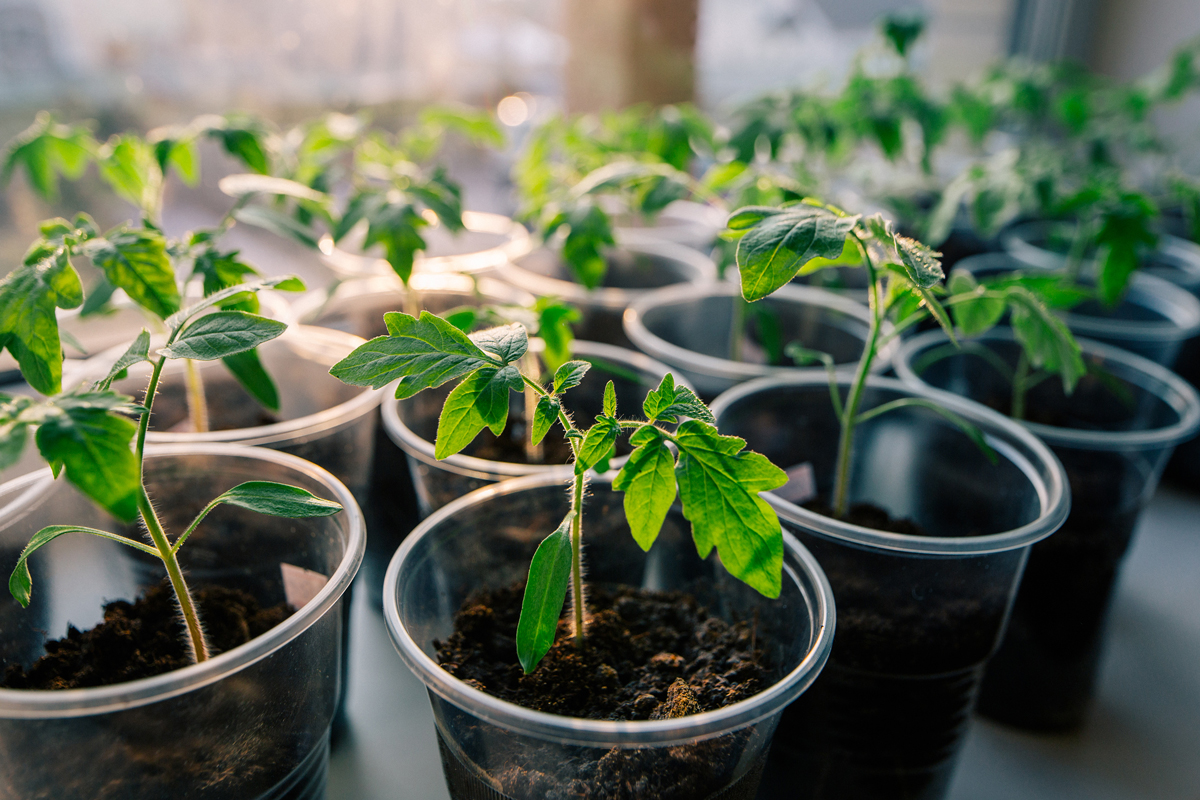DIY: Start seeds indoors

Late February is a great time to get a jump on gardening by starting seeds indoors. The seedlings will be ready to plant outdoors in 6 to 8 weeks, when the weather consistently is warmer.
Seed starting kits are available, but you can do it yourself with things you have around the house.
Here is how to start seeds indoors, according to www.burpee.com and The Old Farmer’s Almanac.
You need:
Seeds of your choice
Sterile seed-starting potting mix
Containers with drainage holes
Pencil with eraser
A shallow waterproof tray
Newspaper or plastic wrap and toothpick to poke holes
Warmth
Light
Water
Attention
Any container that will hold the starting mix will work, like last year’s plastic pots, egg cartons or yogurt cups. The Burpee Seeds website says there is no point in using containers more than 3 inches to 4 inches across since you will be transplanting the young plants in the garden or container garden.
First, clean and sterilize the recycled pots in a solution of 1 part bleach to 9 parts water. If a container doesn’t have draining holes, poke a few so excess water can drain away.
Fill the pots to just below the rim with moistened growing mix.
Sprinkle on a few seeds and press them into the soil with the eraser end of a pencil, or cover the seeds with a scant 1/6 inch of soil.
Lay damp newspaper over the soil to keep the seeds moist and dark. Or loosely cover the containers with plastic wrap and prick small ventilation holes with a toothpick.
Then place the pots in a shallow waterproof tray and set the tray on top of the refrigerator or dryer. At this point, the seeds need warmth, not light, so they can germinate.
Check the seeds daily to make sure they are moist and to see if they have sprouted. Don’t water the pots from the top — pour water into the tray.
When you see green sprout, remove the covering and place the plants in bright light — either a south-facing window or a florescent shop light from the home improvement store — at a comfortable room temperature of 60-70 degrees.
Continue to keep the seedlings moist.
When the seedlings get their second pair of leaves, they will be ready to transplant in the garden or a larger container.
(Photo from Modern Farmer website)

